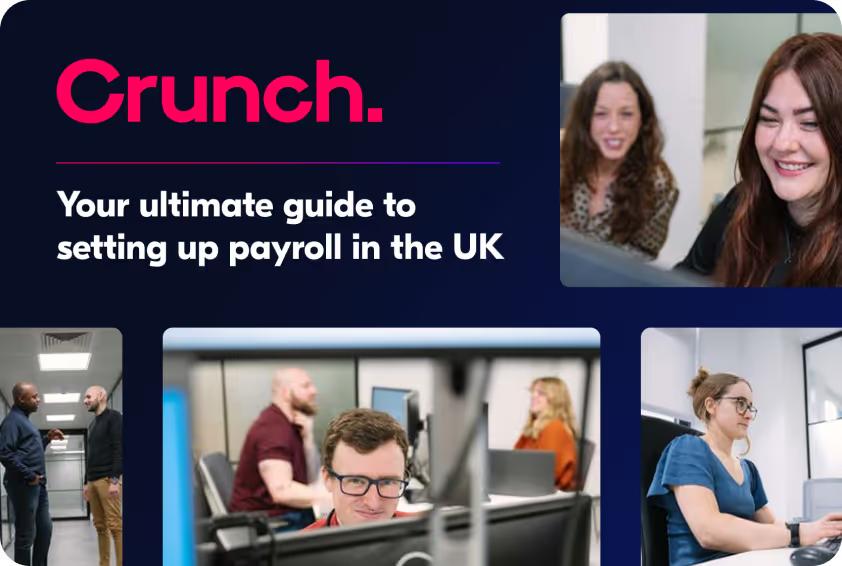The Bank of England's interest rate cuts – from 4.25% to 4% and potentially 3.75% by Christmas – represents a significant opportunity for self-employed borrowers. However, the path to benefiting from these rate reductions isn't as straightforward for the self-employed as it is for traditional employees.
If you're self-employed and looking to buy, remortgage, or switch deals, understanding how these rate changes specifically impact your situation could save you thousands of pounds over your mortgage term.
Why self-employed mortgages are different
Before exploring how the rate changes affect you, it's crucial to understand why self-employed mortgages operate differently. Lenders view self-employed borrowers as higher risk due to:
- Variable income streams that can fluctuate month to month
- Complex financial documentation including SA302s, tax calculations, and business accounts
- Potential for business disruption affecting ability to pay
- Less predictable future earnings compared to salaried employees
This means that even when interest rates fall, self-employed borrowers often face higher rates than employed borrowers, and the application process remains more complex.
If you're facing the complexities of self-employed mortgage applications has you feeling overwhelmed, this Crunch guide on why you need a mortgage broker now more than ever explains how a broker can bring clarity, access, and competitive advantage. Especially in uncertain markets.
{{mortgage-guide}}
Immediate benefits if you’re an existing borrower
If you're currently on a tracker mortgage or standard variable rate (SVR), you'll likely see immediate benefits from the Bank of England's rate cuts. For self-employed borrowers, these monthly savings can provide crucial breathing room during seasonal fluctuations or economic uncertainties that often impact freelancers and business owners first.
A 0.25% reduction typically translates to:
- £29 monthly saving on the average tracker mortgage
- Improved cash flow – particularly valuable for self-employed individuals managing variable income
- Reduced financial pressure during quieter business periods
The best way to keep up to date with the offers available to you, is to sign up to the Crunch Mortgage Market Tracker. It’s free and sends the best mortgage deals in the market directly to your inbox, as soon as they are released.
New mortgage applications: opportunities and challenges
While falling rates create opportunities, self-employed borrowers still face unique hurdles:
The Good News is that lower overall rates mean reduced monthly payments even on self-employed mortgages. In addition, increased competition among lenders may improve terms for self-employed borrowers and specialist lenders are becoming more competitive as the market improves
However there’s a reality check too. Rate premiums persist with self-employed borrowers typically paying 0.25-0.5% more than employed borrowers. This is often combined with stricter affordability assessments mean you still need strong financial documentation, and higher typical deposit requirements (often a 15-25% minimum).
Income assessment is still the biggest hurdle
One area where rate cuts don't change the landscape is income assessment. Lenders still typically use traditional assessment methods like average of 2-3 years' accounts, SA302 forms, net profit after expenses rather than gross turnover or conservative projections for future income. This means that even with lower rates available, you might find your borrowing capacity limited by how lenders calculate your income rather than by the interest rate itself.
If you’re worried about whether you’ll qualify, check out seven common mortgage myths our brokers hear – you might be pleasantly surprised.
Is remortgaging your best opportunity?
For existing self-employed homeowners, the current downward interest rate trend presents an excellent remortgaging opportunity. The timing makes particular sense because you've already established a track record with mortgage payments, proving to lenders that you can manage this commitment despite variable income. Additionally, your existing equity may have grown over recent years, improving your loan-to-value ratio and potentially opening up better rate tiers.
However, there are several factors you need to consider carefully. First, check whether you'll face early repayment charges on your current deal, as these could offset potential savings from switching. You should also weigh up whether a simple product transfer with your existing lender might be more straightforward than going through a full remortgage process with a new lender. We explore this more in our guide "Remortgage or Rate Swap- which is the best for you?". Finally, consider the timing in relation to your business accounts – if you've had particularly strong recent trading years, this could significantly improve the offers available to you.
Are specialist lenders your secret weapon?
Specialist self-employed lenders typically offer much more flexible assessments than traditional high street banks. In addition, these lenders can often provide higher income multiples of up to 5.5 times annual income compared to the typical 4.5 times offered by high street banks. And some specialist lenders will accept just one year's accounts in certain circumstances, rather than requiring the standard two to three years of trading history.
For contractors, some lenders offer day rate calculations that can be more favourable than traditional profit-based assessments, while limited company directors may benefit from retained profit assessments that take into account money left in the business.
{{mortgages}}
Timing your application
With further rate cuts expected, you might wonder whether to wait for even better deals. However, the reality is that mortgage rates have already priced in much of the expected cuts to some degree, meaning waiting may not deliver the benefits you hope for. Your personal circumstances matter far more than trying to time the market perfectly, and processing times mean that delays could cost you access to current opportunities. Economic uncertainty could also change lending criteria regardless of where rates go, potentially making applications more difficult even if rates fall further.
The best times to act are when your current deal is ending within six months, when you're currently paying your lender's standard variable rate (which is typically 2-3% higher than new deals), or when you have strong recent accounts that clearly demonstrate improved income levels.
The bottom line
The Bank of England's rate cuts create genuine opportunities for self-employed borrowers, but success requires understanding your unique position in the market. Making your first step to sign up to the Crunch Mortgage Market Tracker is a savvy first step.
The key is acting with the right preparation, realistic expectations, and professional guidance. Whether you're buying your first home, remortgaging, or looking to switch deals, the current market presents the best opportunity in recent memory for self-employed borrowers to secure competitive mortgage terms.
Don't let your fear of the complexity of self-employed mortgages prevent you from capitalising on this improving market. With the right guidance and documentation, you can benefit significantly from the changing interest rate environment.

.svg)



.webp)









.avif)
.avif)




